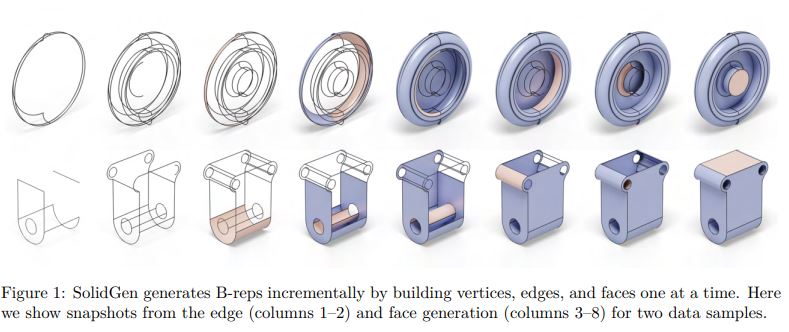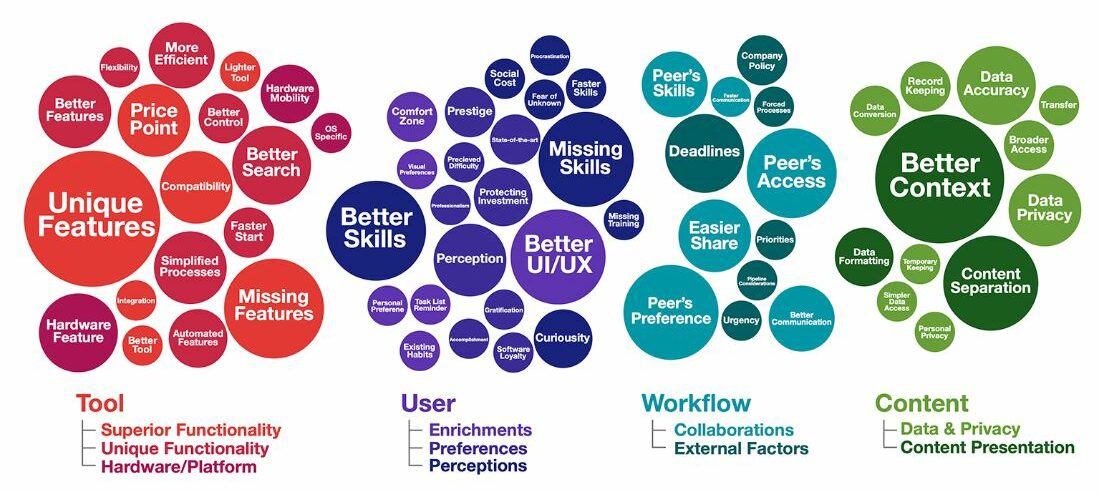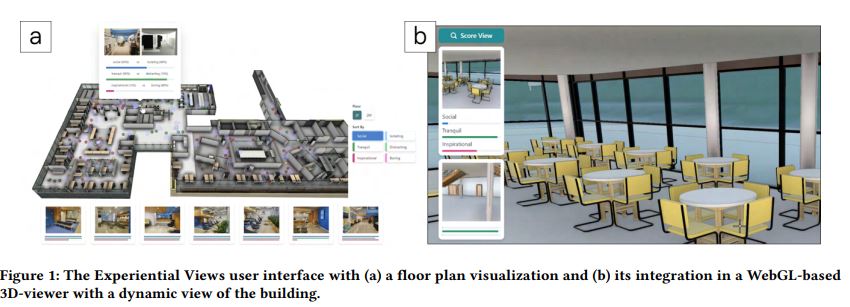Recently Published by Autodesk Researchers
Autodesk Research teams regularly contribute to peer-reviewed scientific journals and present at conferences around the world. Check out some recent publications from Autodesk Researchers.
SolidGen: An Autoregressive Model for Direct B-rep Synthesis
The Boundary representation (B-rep) format is the de-facto shape representation in computer-aided design (CAD) to model solid and sheet objects. In this paper the team presents a new approach that enables learning from and synthesizing B-reps without the need for supervision through CAD modeling sequence data. This method, SolidGen, is an autoregressive neural network that models the B-rep directly by predicting the vertices, edges, and faces using Transformer-based and pointer neural networks. SolidGen can be easily conditioned on contexts like class labels, images, and voxels, thanks to its probabilistic modeling of the B-rep distribution. In this paper, the team demonstrates qualitatively, quantitatively, and through perceptual evaluation by human subjects that SolidGen can produce high quality, realistic CAD models.
Knowledge workers must often switch between multiple software tools to complete a single task, which can deter productivity. This research explores why knowledge workers deliberately switch between many applications despite potential drawbacks. The team interviewed 15 knowledge workers and five product teams to understand why users switch between separate tools to complete tasks. From the results, they synthesize an initial taxonomy of reasons for application switching, illustrate the role of collaboration and external forces, and detail the challenges caused by application switching. The paper offers design implications for how task-centric application switching can be better supported by promoting multi-tool learning, designing interfaces that enable users to reflect on their application-switching behavior, and application switching analytics.
Experiential Views is a proof-of-concept in which the team explores a method of helping architects and designers predict how building occupants might experience their designed spaces using AI technology based on Vision-Language Models. The prototype evaluates a space using a pre-trained model that the team fine-tuned with photos and renders of a building. These images were evaluated and labeled based on a preliminary set of three human-centric dimensions that characterize the Social, Tranquil, and Inspirational qualities of a scene. The team developed a floor plan visualization and a WebGL-based 3D-viewer that demonstrate how architectural design software could be enhanced to evaluate areas of a built environment based on psychological or emotional criteria. This is seen as an early step towards helping designers anticipate emotional responses to their designs to create better experiences for occupants.
Get in touch
Have we piqued your interest? Get in touch if you’d like to learn more about Autodesk Research, our projects, people, and potential collaboration opportunities
Contact us

